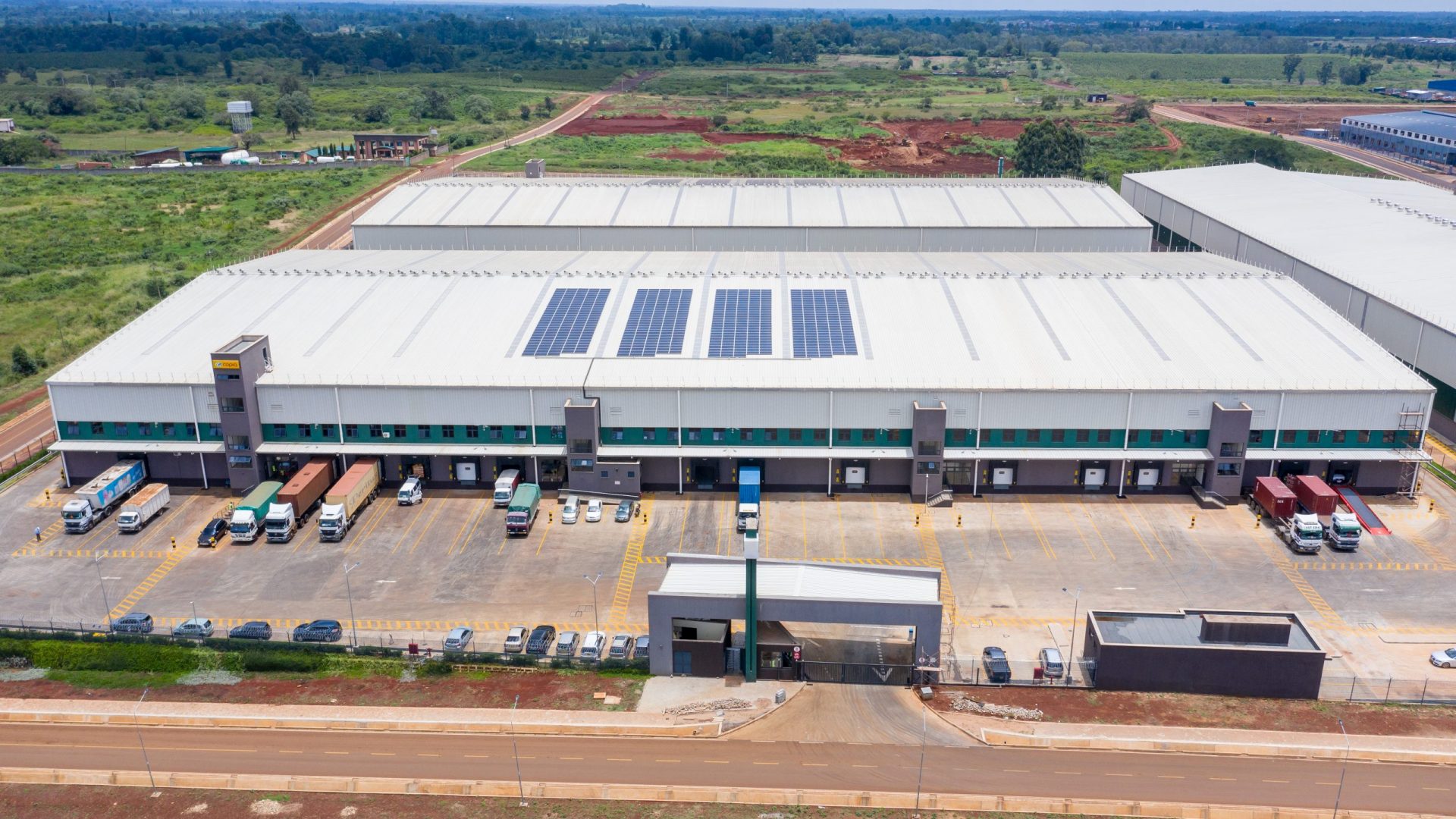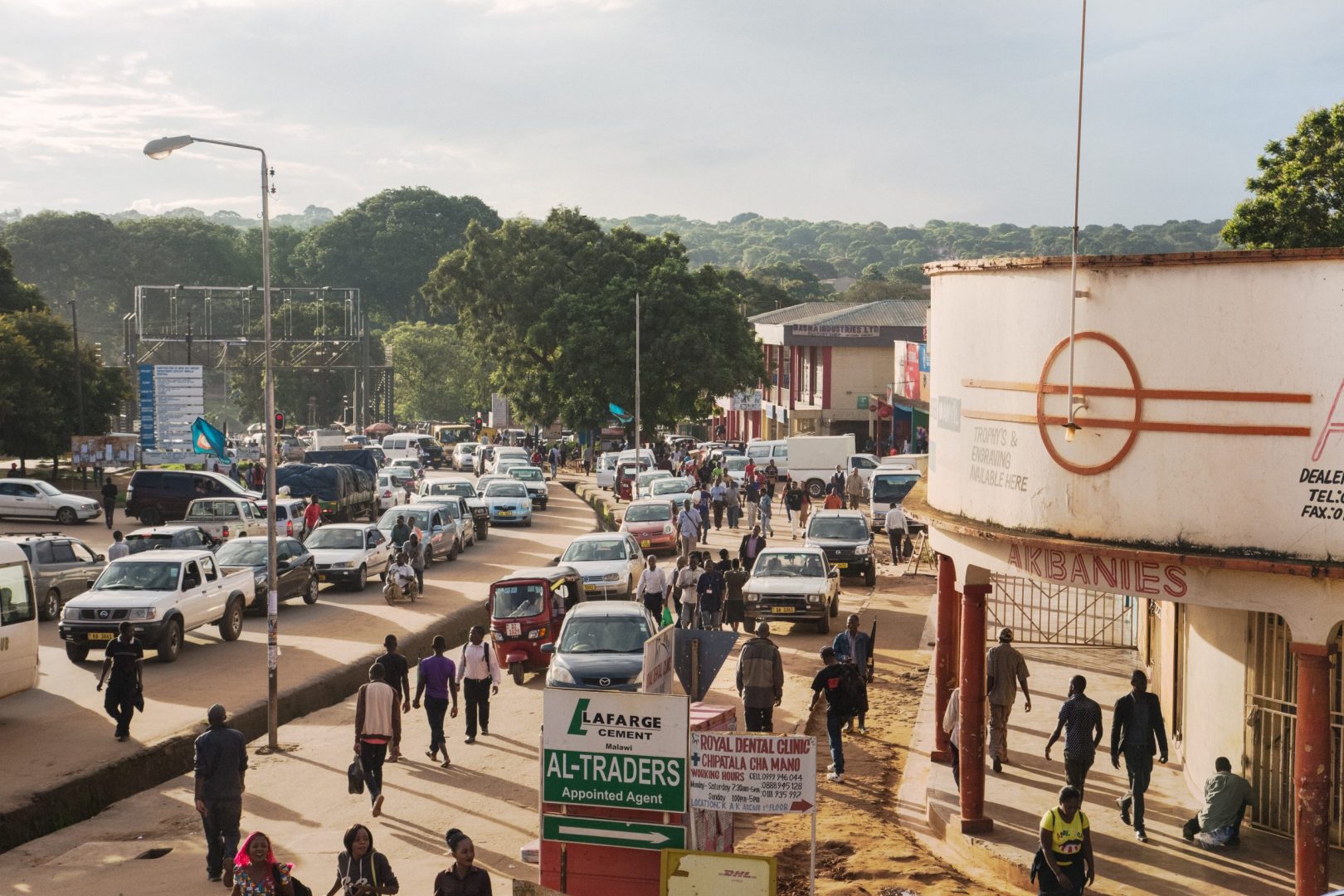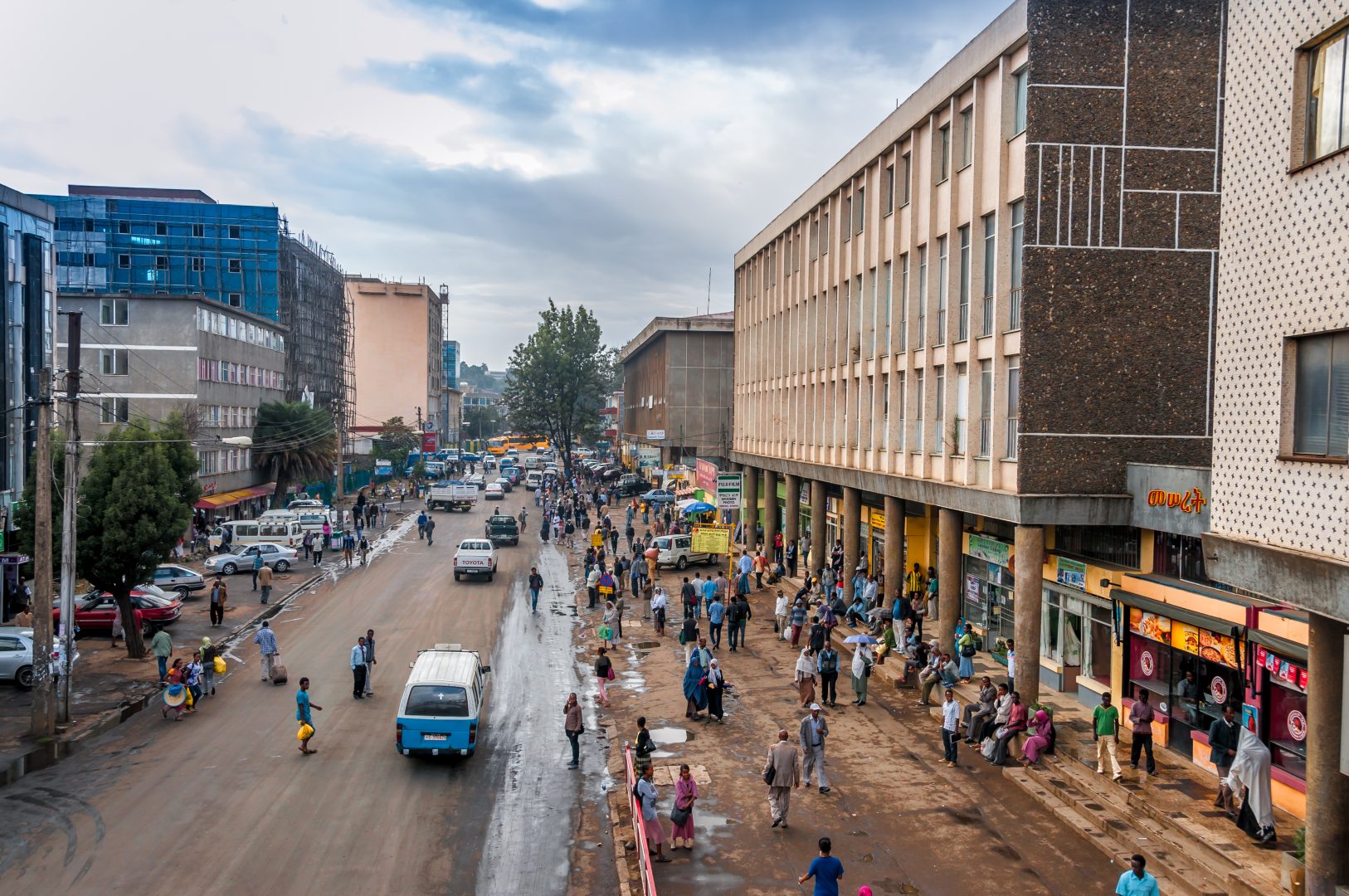High rates of private investment are historically associated with faster reductions in extreme poverty – this evidence is presented in a previous Insight report: Investment and Poverty Reduction. But that does not mean investment and economic growth always result in poverty reduction. Our new BII Insight report, When growth does – and does not – reduce poverty, looks beyond the tendency for investment and growth to reduce poverty, to investigate when growth has a greater or lesser effect on poverty.
The report draws on the experiences of countries that have successfully translated growth into rapid poverty reduction, such as Bangladesh and Vietnam, and those that have not, such as Angola and Nigeria. Understanding how countries have successfully eradicated poverty helps clarify the role of private sector development finance institutions in tackling poverty. History shows that success is not simply a matter of making investments which directly reach people living in extreme poverty, although that is an important part of the story.
The most successful countries encouraged private investment in sectors where large firms could deliver large productivity gains, and governments used the income generated to finance public investment programmes in rural areas and higher levels of social spending. Growth fails to reduce poverty when it is concentrated in sectors that predominantly benefit elites, without creating many jobs and with few spillovers to the rest of the economy, and where governments fail to raise revenues and increase spending on public services and social programmes.
Historical experiences of poverty eradication do not imply a single prescription for international development cooperation. But it seems reasonable to suppose that if donor countries want to support partner countries in eradicating poverty, they should assist broadly. A balanced approach is especially important when the different measures are complements. Spending on education is more effective, for example, when there are jobs that can make good use of educated workers, and efforts to create jobs benefit from an educated workforce. Job creation may in turn rely on good transport, power, and communications infrastructure, all of which needs higher incomes to pay for.
Private sector DFIs are most obviously suited to investments in certain types of revenue-generating infrastructure and in larger formal firms which are needed to accelerate economic transformation. But they can also find rural investment opportunities – indirectly through the financial sector, and directly into agricultural supply chains. Other institutions can help translate growth into rapid poverty eradication by supporting governments with public investment and social spending programmes. These forms of support would call on the sovereign operations of development banks and bilateral aid programmes.
The central message of this paper is that poverty is eradicated most rapidly when a range of public and private investments reinforce each other.












